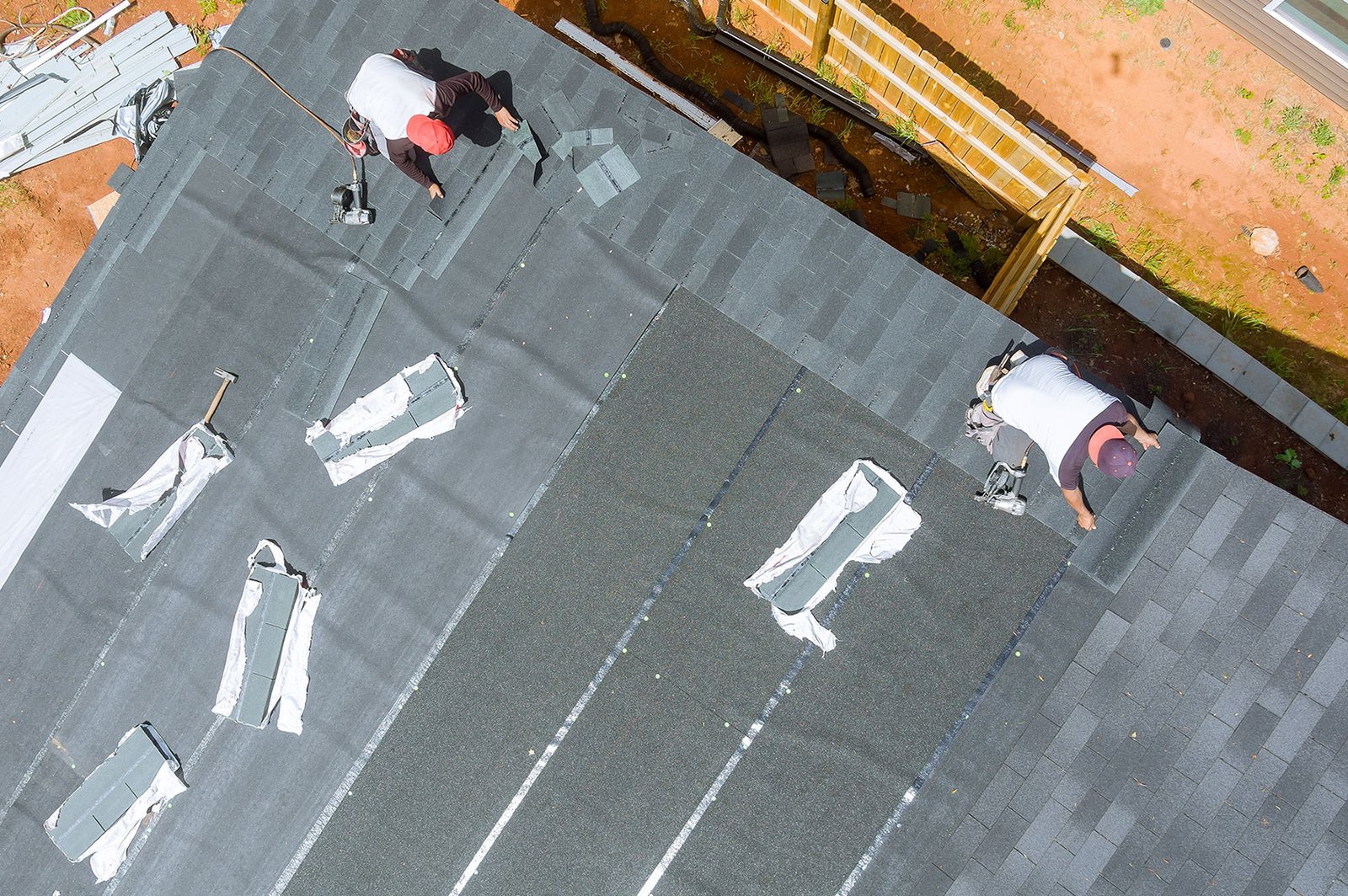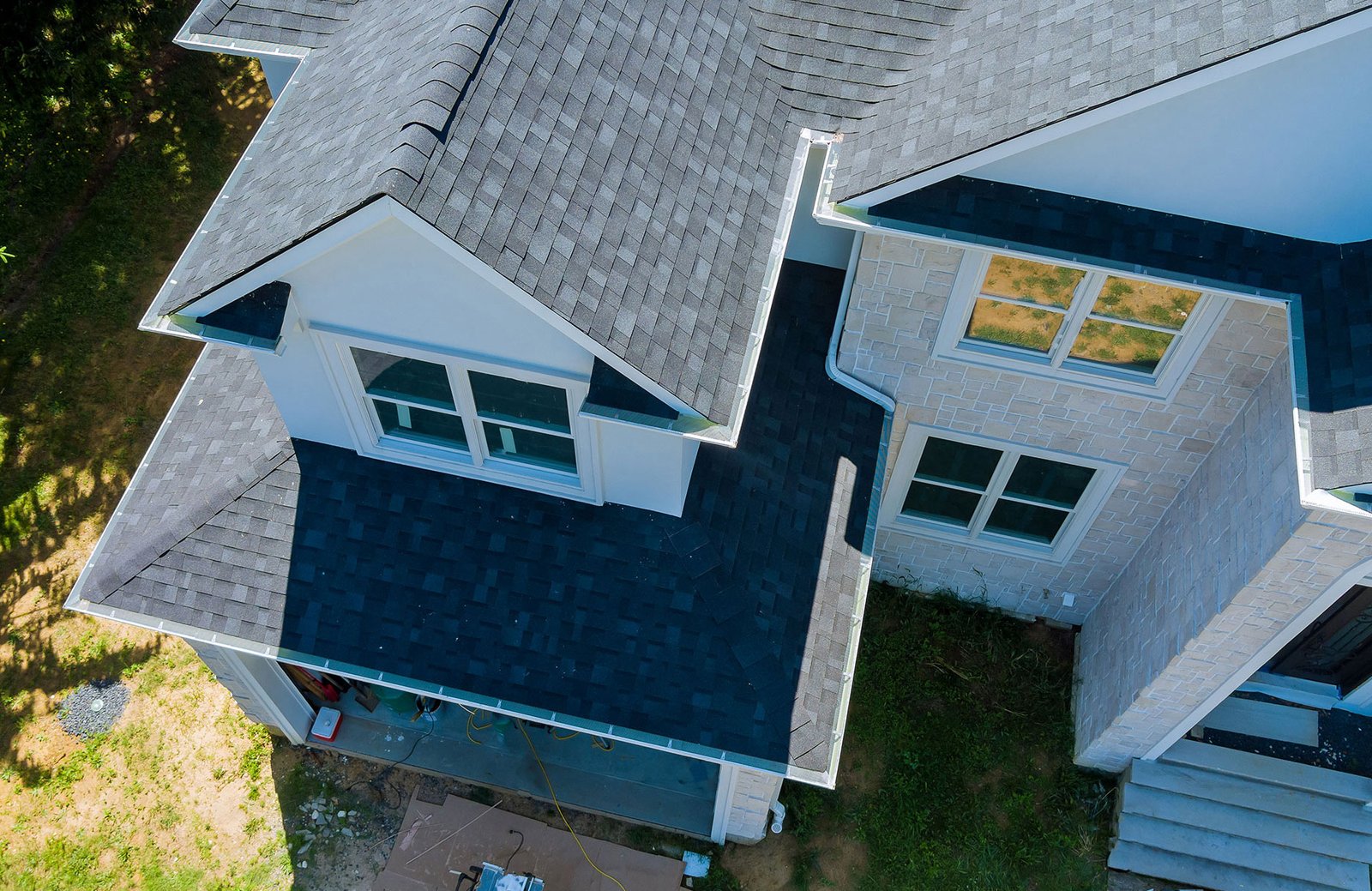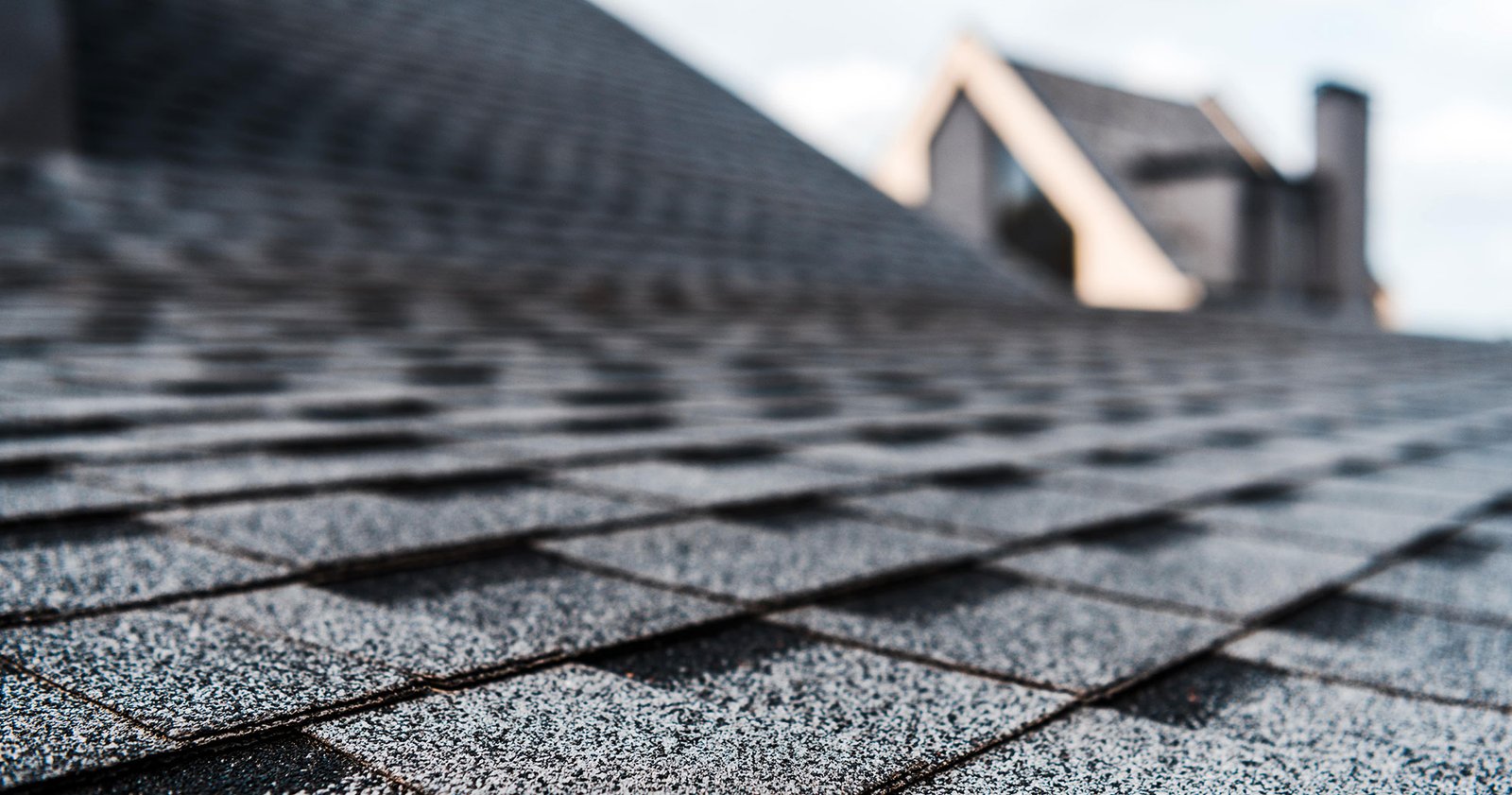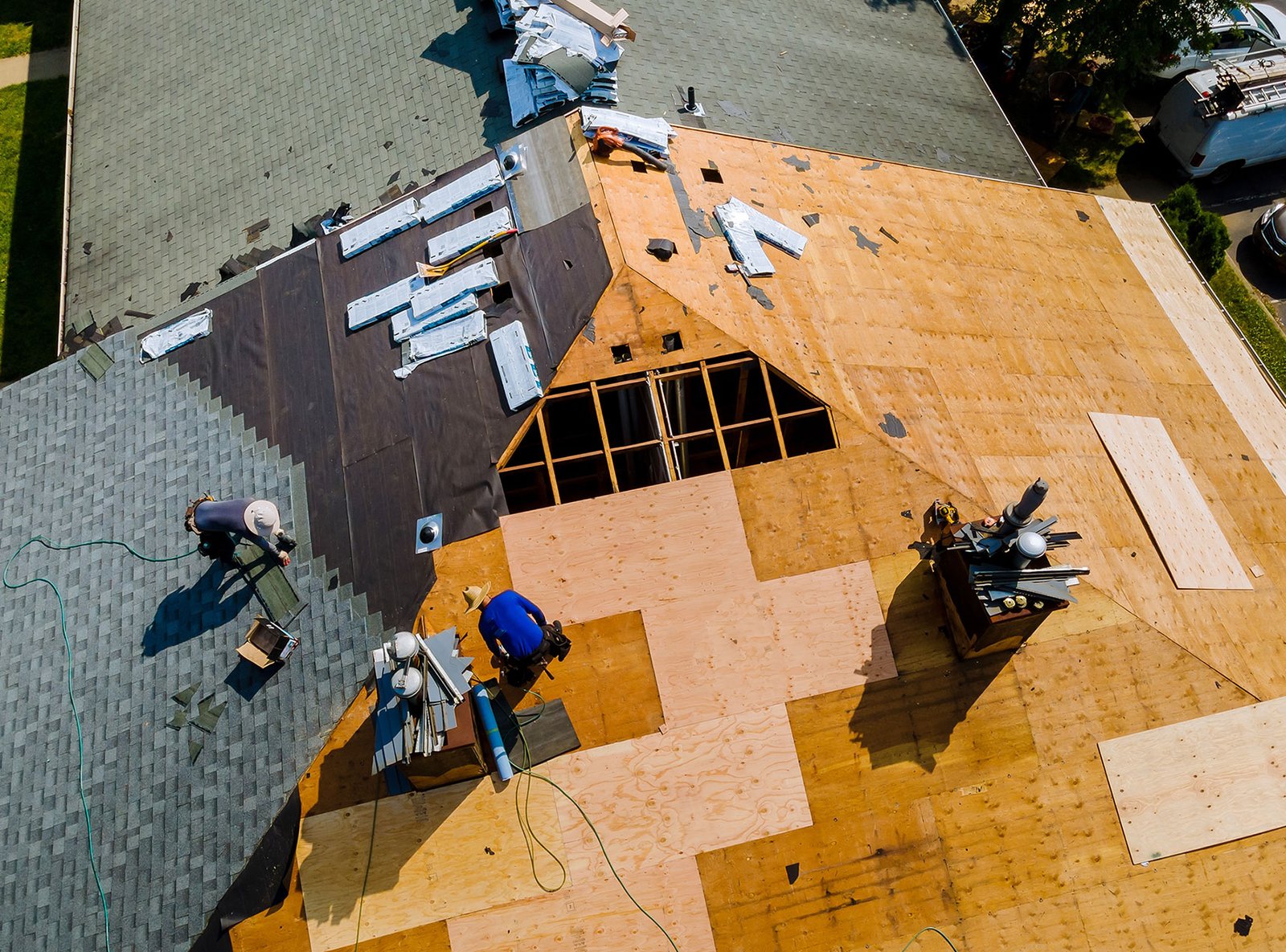Introduction
When it’s time to replace your roof, choosing the right materials can make all the difference in how well your home is protected, how long your roof lasts, and even how good it looks from the street. With so many options available, it can be overwhelming to know where to start. To help, we’ll walk you through some of the most important roofing material choices homeowners face: shingles, underlayment, and ridge caps.
Architectural Shingles vs. Three-Tab Shingles
One of the first decisions you’ll face is whether to go with architectural shingles or three-tab shingles.
Three-tab shingles are the traditional style. They have a flat design, are lightweight, more affordable, and typically last about 10 to 15 years. However, they come with limited color and style options.
Architectural shingles, on the other hand, are thicker and have a multi-dimensional look that boosts curb appeal. They are more durable, can withstand wind and weather better, and often last 15 to 25 years or longer. They also come in a wide range of styles and colors, including options that mimic slate or wood shakes.
While three-tab shingles may be better for very tight budgets, most homeowners today choose architectural shingles for their durability and improved appearance.
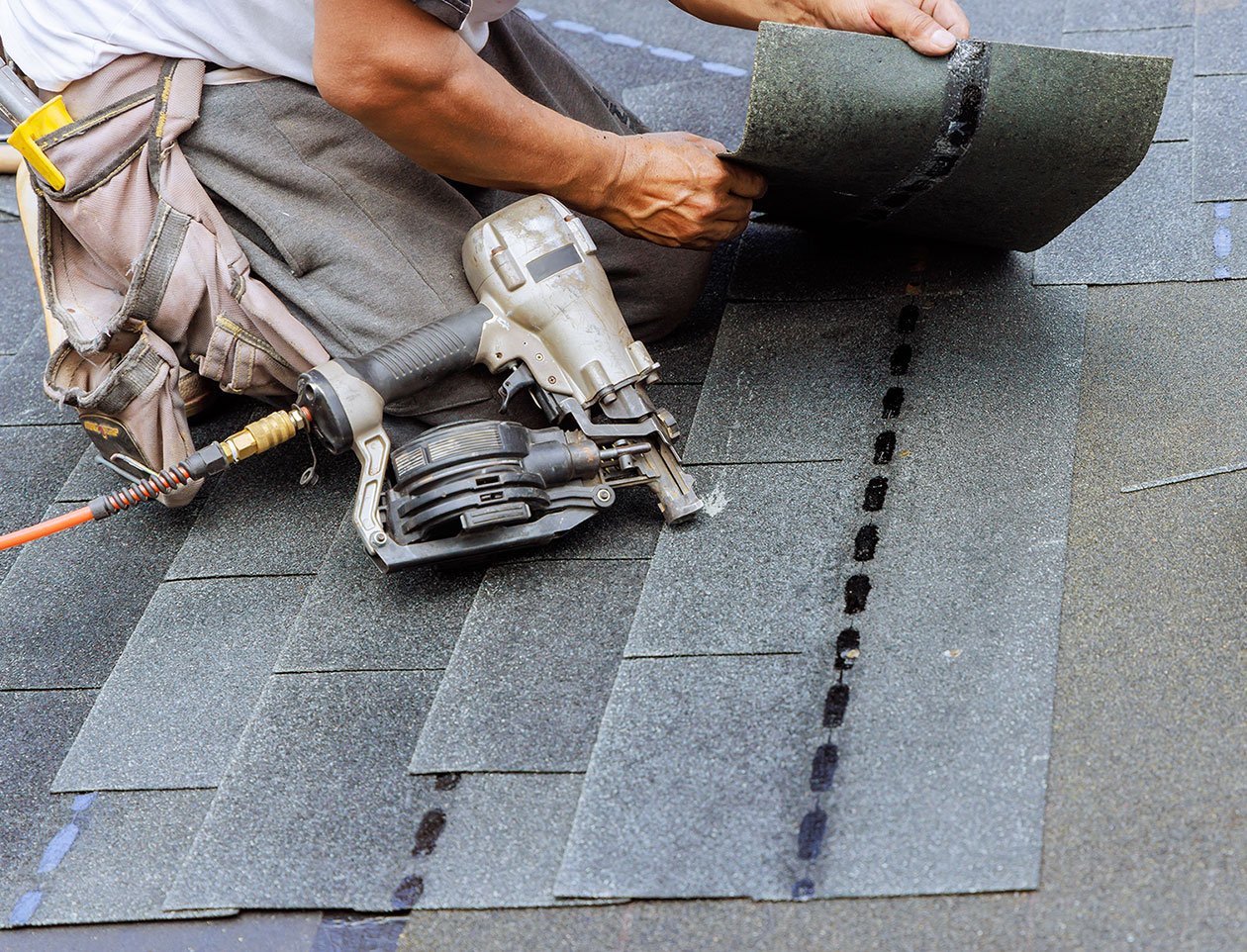
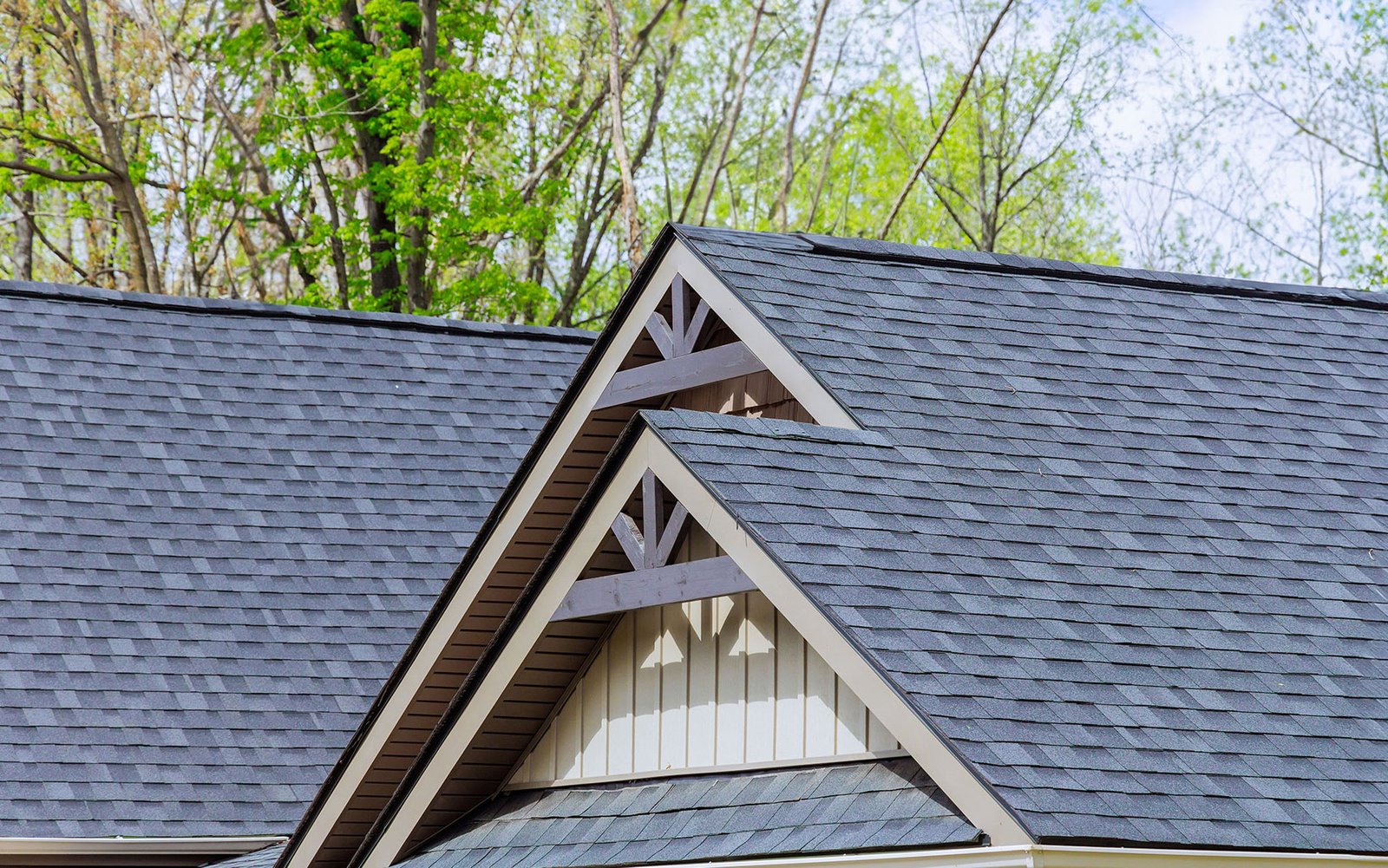
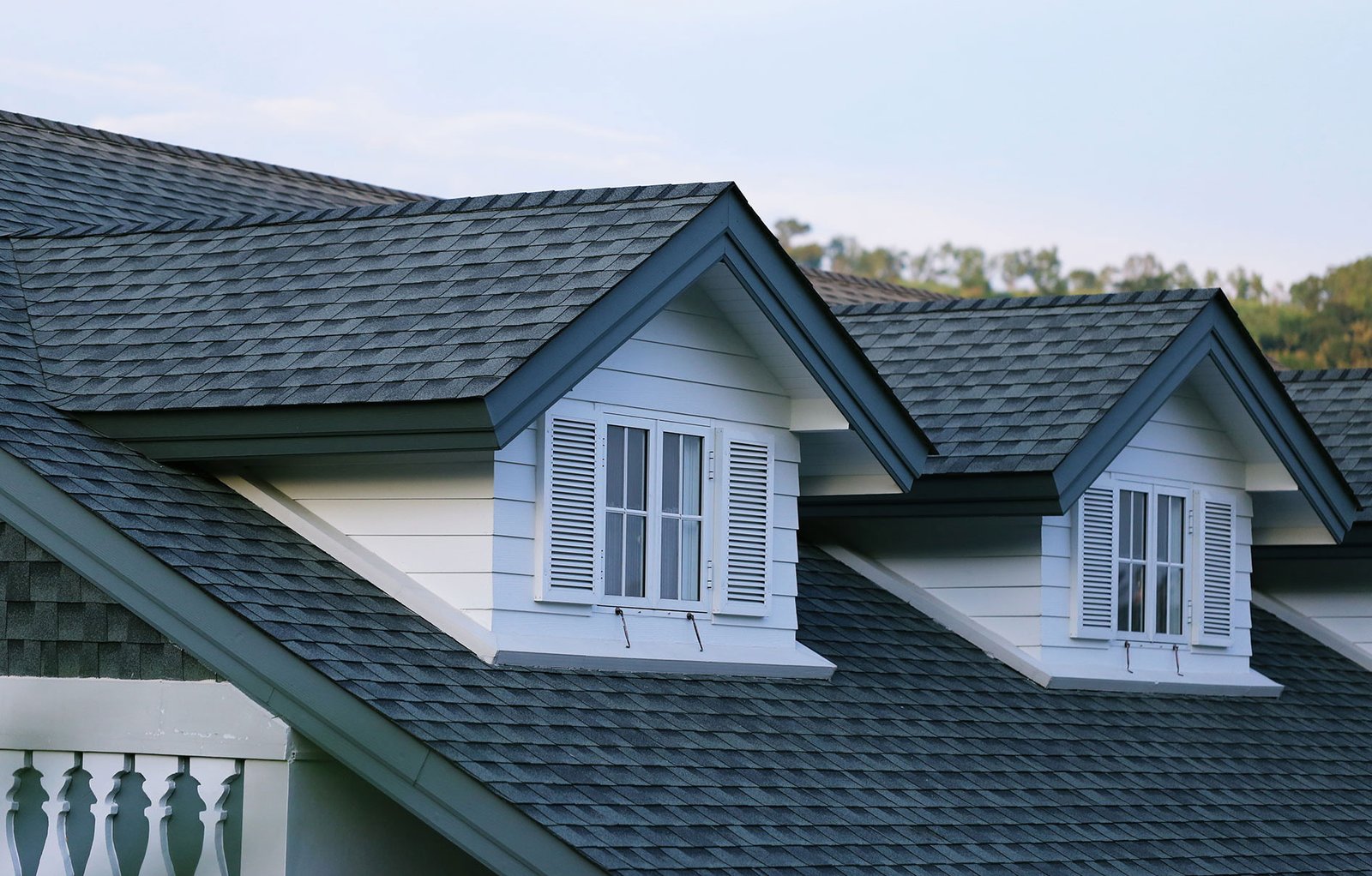
Class 3 vs. Class 4 Impact-Resistant Shingles
If you live in an area prone to hail or severe storms, it’s important to know the impact resistance rating of your shingles.
Class 3 shingles are tested to withstand smaller hail impacts and provide great protection. They may qualify for some insurance discounts depending on your provider. For most areas, a Class 3 shingle will protect your roof for many years without worry.
Class 4 shingles, however, are the highest-rated for impact resistance. They are designed to handle larger hail and harsher conditions, often come with extended warranties, and are more likely to reduce long-term repair costs. Some insurance companies may offer bigger discounts if you choose Class 4 shingles.
For storm-prone regions, Class 4 are usually the better long-term investment.
Felt vs. Synthetic Underlayment
Shingles are the visible part of your roof, but beneath them lies an important protective layer called underlayment.
Felt underlayment, which has been used for decades, is made from asphalt-saturated paper. It is less expensive but heavier, can wrinkle when wet, and is prone to tearing. It provides basic protection at an affordable price.
Synthetic underlayment, on the other hand, is made from advanced polymers. It is lighter, stronger, tear-resistant, and much better at resisting water and UV exposure. It is also easier and safer for roofing crews to install.
While felt is cheaper upfront, synthetic underlayment is the superior choice for long-term durability and protection.
The Importance of Ridge Caps
The ridge is the peak where two roof slopes meet, and it is one of the most vulnerable areas on your roof.
Ridge caps are specially designed to cover this section, sealing it against water and wind while also allowing proper attic ventilation. Some ridge caps are cut from standard shingles, while others are manufactured specifically for ridges.
Specialty ridge caps fit better, provide a cleaner look, and offer stronger protection. They are also designed to bend at these vulnerable areas which provides further protection. Adding high-quality ridge caps is a relatively small investment that can make a big difference in the overall lifespan of your roof.
Final Thoughts
Choosing the right roofing material means finding the right balance between budget, durability, appearance, and protection. For many homeowners, the best system combines architectural shingles with a Class 4 impact resistance rating, synthetic underlayment for extra protection, and high-quality ridge caps. This combination ensures strong curb appeal, long-lasting performance, and peace of mind when storms roll through.
If you are unsure which options are best for your home, feel free to call, text, or email us! You can also schedule a no-cost inspection with us so we can recommend the right system based on your climate, style, and budget.
AIG Industries – Roofing & Construction
817-600-8638
info@aigindustriesllc.com
